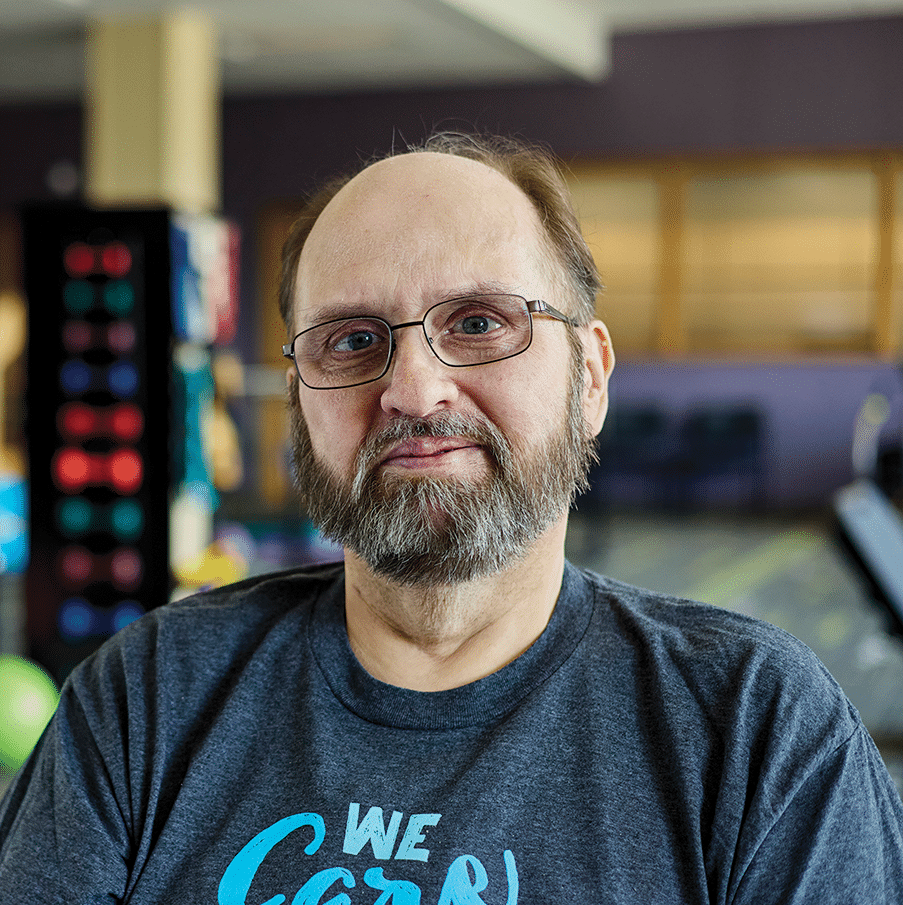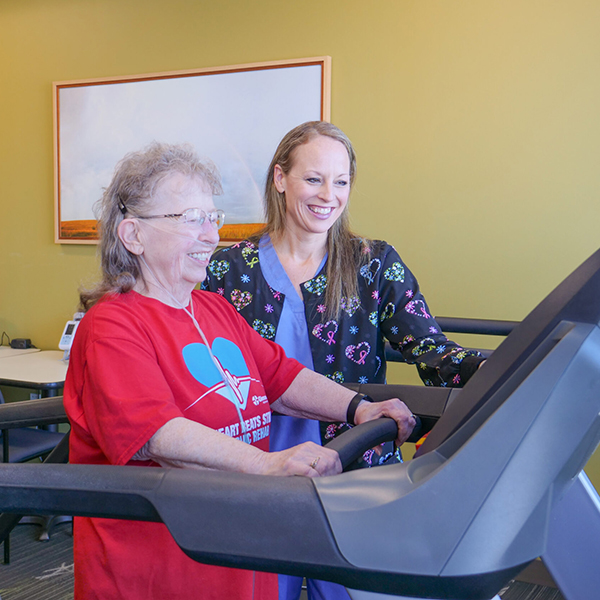
Some experts believe that up to 40 percent of Americans will experience dizziness that is serious enough to require a doctor’s care. Dizziness is among the most common reasons older adults seek medical attention. The good news is that problems with dizziness and balance can be successfully treated with physical therapy.
Often, dizziness is caused by a vestibular problem. The vestibular system includes parts of the inner ear and brain that process information involved in controlling balance and eye movements. Vestibular dysfunction can range from mild (lasting only seconds) to severe (complete disability) and can affect people in all age groups.
Symptoms of vestibular problems may include
• Lack of balance or unsteadiness
• Vertigo: a spinning sensation (a feeling that either you or the world is moving)
• Dizziness: a lightheaded, floating or rocking sensation
• Blurred or bouncing vision
• Nausea
• Difficulty with coordination, memory or concentration
There are two main types of vestibular dysfunction that can be successfully treated with therapy
Benign paroxysmal positional vertigo (BPPV) is the number-one cause of vertigo related to an inner-ear problem. With BPPV, small crystals from one part of the inner ear move into the wrong area. People with this problem commonly complain of a spinning sensation when they perform movements such as rolling in bed, getting in and out of bed, bending over and returning upright, and tipping the head back in the shower. The symptoms typically last less than one minute from the time of the movement. BPPV treatment in physical therapy involves a series of head movements that help move the crystals back to the correct place in the inner ear. This is called the canalith repositioning maneuver. For approximately 80 percent of people treated, symptoms are gone after one or two therapy sessions.
Vestibular hypofunction is the second most common cause of vertigo. In this condition, there is a decrease in the speed at which information travels from the inner ear to the brain. This type of problem often starts after a viral infection of the upper respiratory or gastrointestinal tract. People often report feeling off balance, lightheaded or nauseous. They report more symptoms when riding in a vehicle, reading, and performing quick movements with the head or body. You may be able to reduce or eliminate vestibular hypofunction with vestibular rehabilitation therapy (VRT), an exercise-based program designed to improve inner ear performance.
Dizziness and balance disorders are serious. If you are experiencing symptoms, a comprehensive exam may be needed. Jenni Keltgen, PT, MPT, of the Glencoe Regional Health rehabilitation department is trained and experienced in evaluating and treating vestibular problems that cause dizziness, vertigo and balance issues. She can help determine if an inner ear problem exists and create an individualized treatment plan.
A referral is required to be seen by our physical therapists for vertigo. To talk with your provider about a referral, make an appointment by calling us at 320-864-3121.








